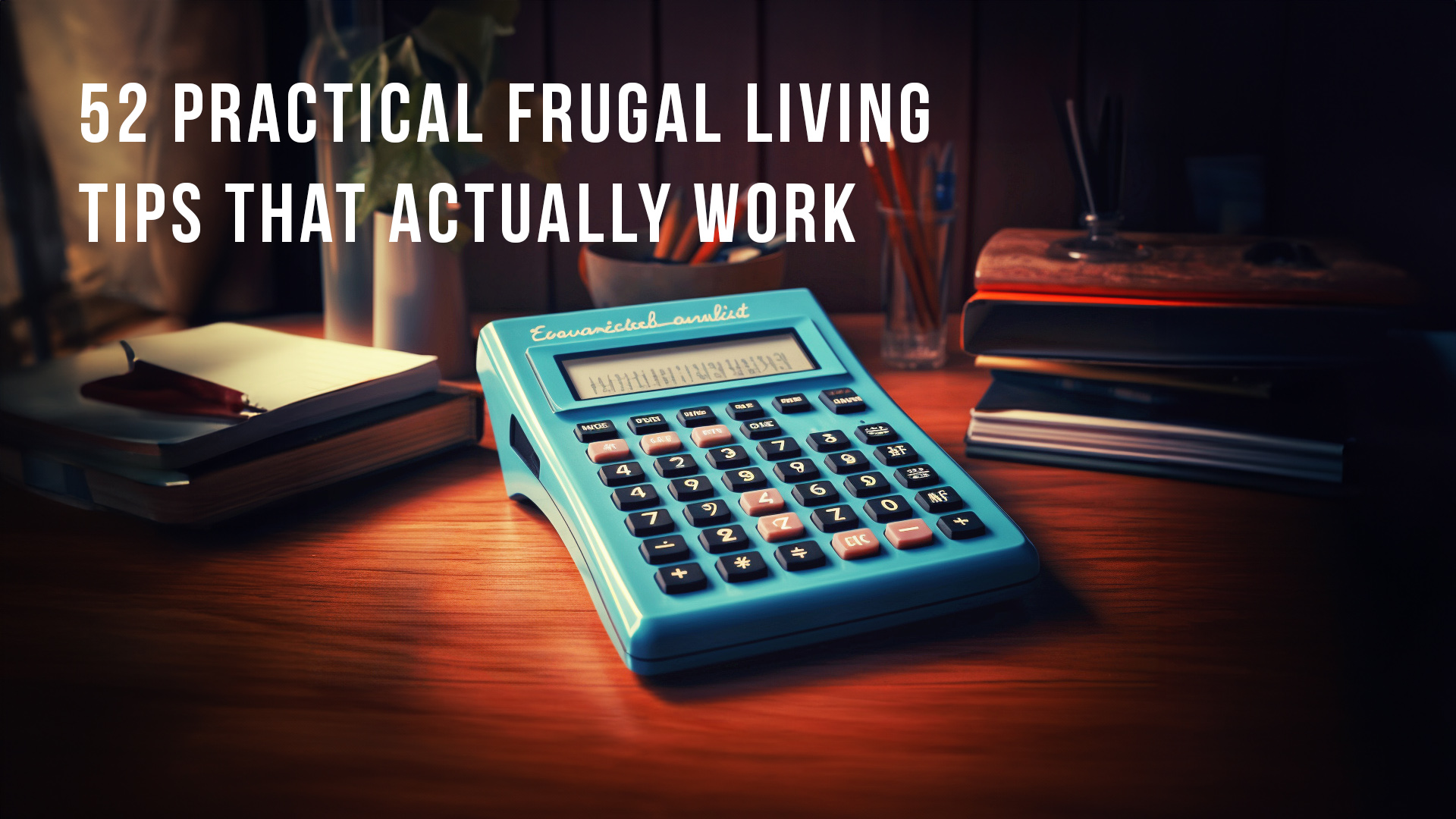In the video “My 6 Rules For Frugal Living | Financial Minimalism” by Nicholas Garofola, he shares six key practices that help him stay on track with personal finance. Nicholas believes in living a minimalist lifestyle and often discusses topics such as minimalism, frugal living, tech, and more. He aims to create content that feels like you’re having a casual coffee chat with a friend, making it relatable and enjoyable. In this video, Nicholas emphasizes the importance of tracking your spending, creating a budget, reducing unnecessary expenses, living below your means, saving money, and embracing a simpler lifestyle. He acknowledges that he’s still learning about personal finance himself, but believes these principles hold true regardless of one’s financial situation. So if you’re interested in improving your financial habits, take a moment to watch Nicholas’s video and potentially gain some valuable insights.
Track Your Spending
Tracking your spending is a crucial first step in managing your personal finances. Without knowing where your money is going, it’s impossible to make changes for the better. Even if you have a routine schedule for your spending, it’s still important to revisit and evaluate your expenses regularly to ensure you’re staying on track towards your financial goals. Utilize apps or tools like the Chase app to track your spending on a monthly, weekly, and even daily basis. This will allow you to see where your money is being allocated and make adjustments as necessary. For more detailed information on budgeting, consider watching dedicated videos or seeking out resources that can provide you with tips and strategies to manage your spending effectively.
Create a Budget
Budgeting is a fundamental aspect of financial management. It keeps you on track towards your financial goals and ensures that you have allocated funds for your responsibilities. Take the time to sit down and figure out your monthly income versus your monthly expenses. This will help you create a routine plan to stick to. Having a budget in place means that you have a clear understanding of how much money you can spend and where it should be allocated. It prevents you from overspending and helps you prioritize your financial commitments. Consider seeking out in-depth examples of budgeting techniques to gain a better understanding of how to create an effective budget for yourself.

Reduce Unnecessary Expenses
Reducing unnecessary expenses is an important step towards achieving financial stability. Start by making a list of all your monthly expenses, including both essential and non-essential items. Evaluate each item on the list and determine what you can and can’t live without. This will allow you to identify areas where you can cut back and save money. For example, you might choose to keep one streaming service instead of paying for multiple subscriptions or reduce your daily caffeine intake to improve both your health and your wallet. Prioritize spending on what brings value to your life and consider cutting back on expenses that don’t contribute to your overall well-being or happiness.
Prioritize Saving
Establishing an emergency fund is crucial for reducing financial stress and creating peace of mind. Having savings set aside for unexpected expenses provides a safety net and ensures you’re prepared for any unforeseen circumstances. In addition to the practical security an emergency fund provides, watching your savings grow can also bring joy and a sense of accomplishment. Instead of getting excited about buying something new, shift your focus to the satisfaction of seeing your savings increase over time. While investing is an essential aspect of personal finance, having savings and an emergency fund is equally important. It’s always a good idea to research and educate yourself about investing, but in the meantime, prioritizing saving can provide a sense of security and stability.

Live Below Your Means
Living below your means is essential for avoiding debt and maintaining financial stability. It’s easy to fall into the trap of spending more than you earn, especially in a society that encourages consumerism. By earning more than you spend, you can allocate funds towards savings, investments, or repayment of debts. Minimalism can be a valuable tool in controlling spending and living within your means. By embracing minimalism and buying less, you can naturally reduce your expenses. However, living below your means doesn’t necessarily mean you have to become a minimalist. By following the previous rules of tracking your spending, creating a budget, and reducing unnecessary expenses, living below your means should happen naturally as a result.
Embrace Simple Living
Finding enjoyment in less sophisticated activities and appreciating what you have can greatly contribute to your financial well-being. Instead of constantly seeking more, embrace a simpler lifestyle that focuses on the little things and experiences that bring you joy. Simple living doesn’t mean depriving yourself, but rather finding happiness in the things that truly matter. Whether it’s spending time outdoors, reading a book, or engaging in low-cost hobbies, there are countless ways to find contentment without breaking the bank. By shifting your mindset and embracing simplicity, you can break free from the expensive cycle of constantly pursuing material possessions and find fulfillment in the present moment.

Conclusion
Implementing financial minimalism and frugal living can lead to a happier and more fulfilled life. Continuously learning and improving in personal finance is essential for achieving financial independence and stability. By tracking your spending, creating a budget, reducing unnecessary expenses, prioritizing saving, living below your means, and embracing simple living, you can take control of your finances and make sustainable choices that align with your goals and values. Remember, financial wellness is a journey, and it’s never too late to start making positive changes to improve your financial situation.


